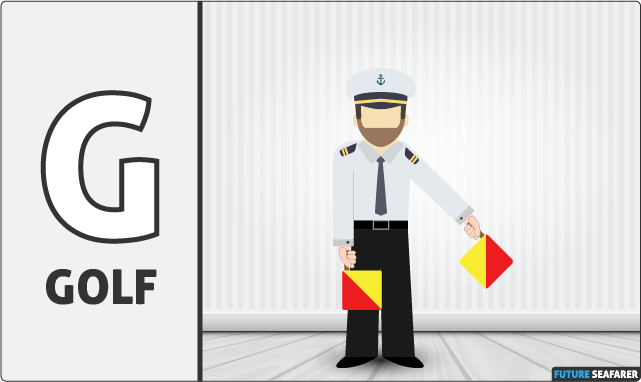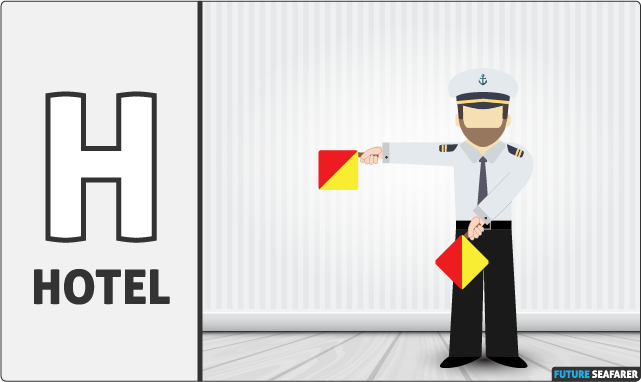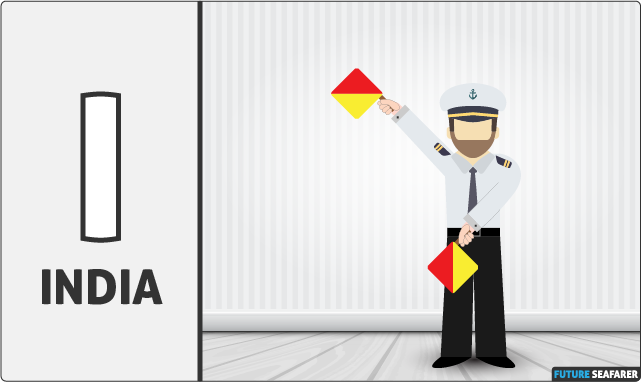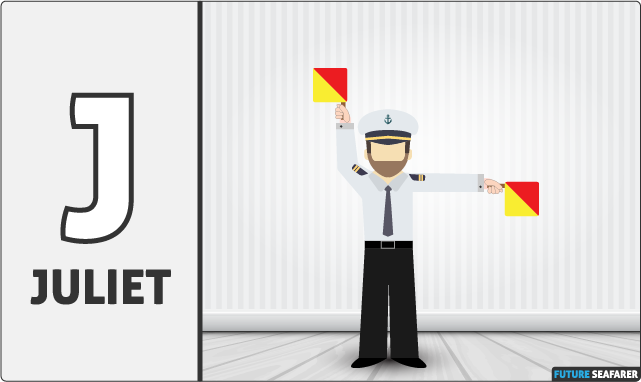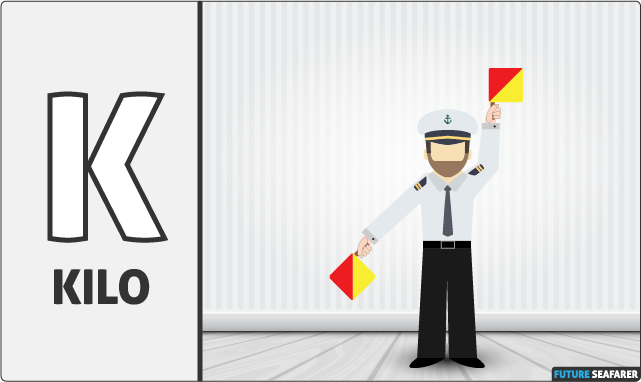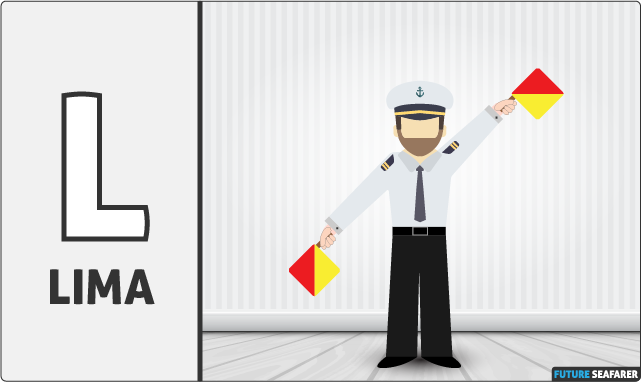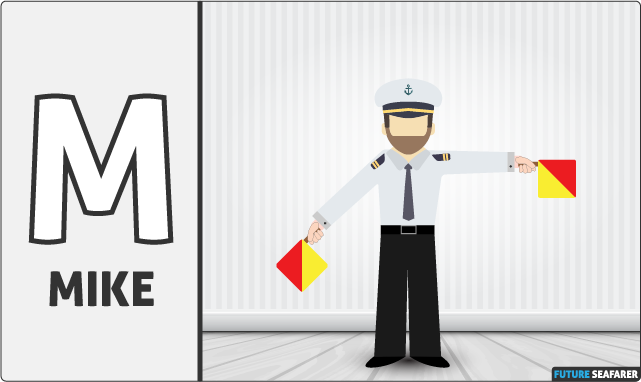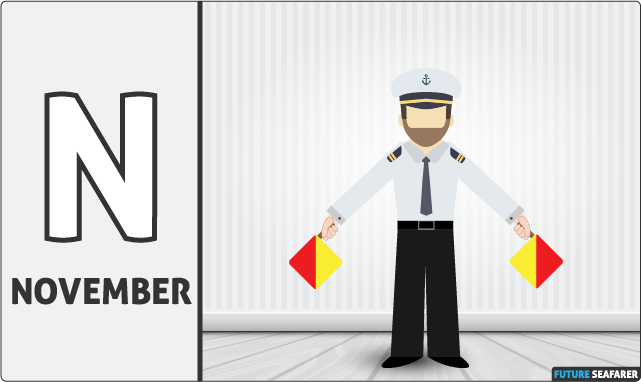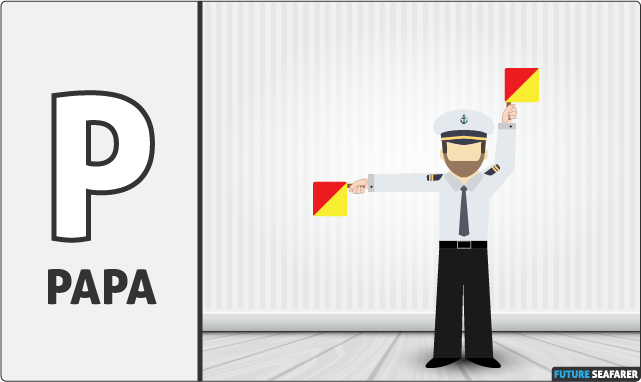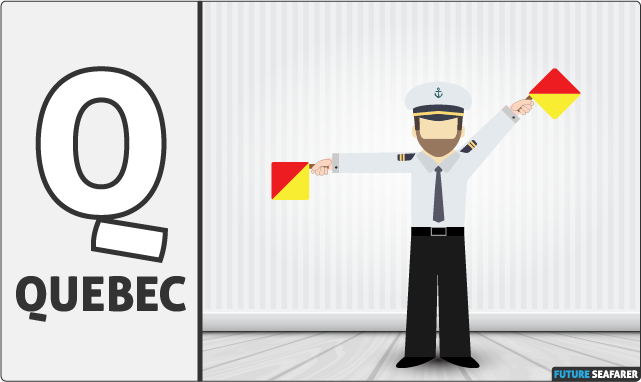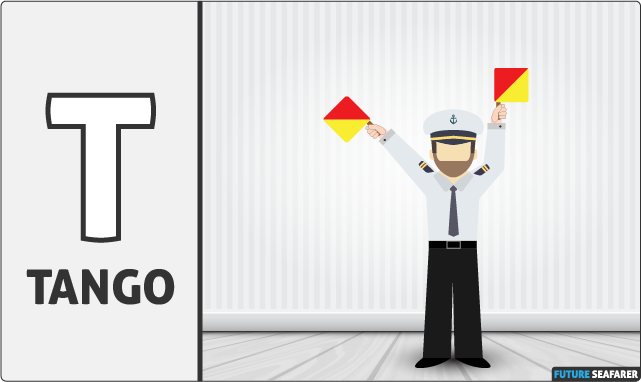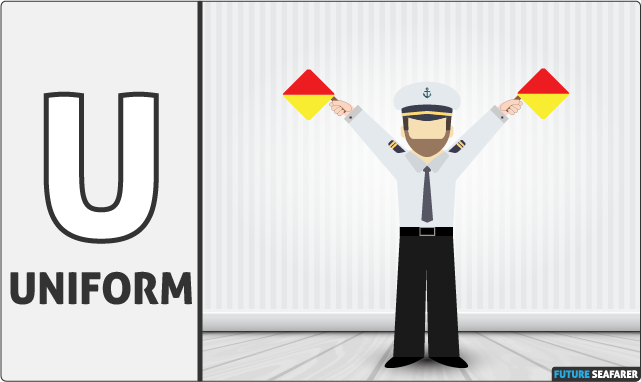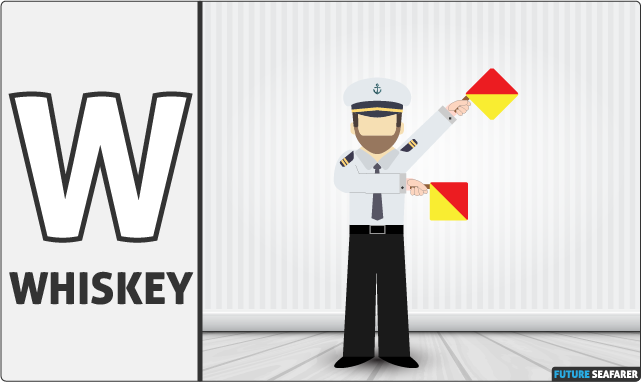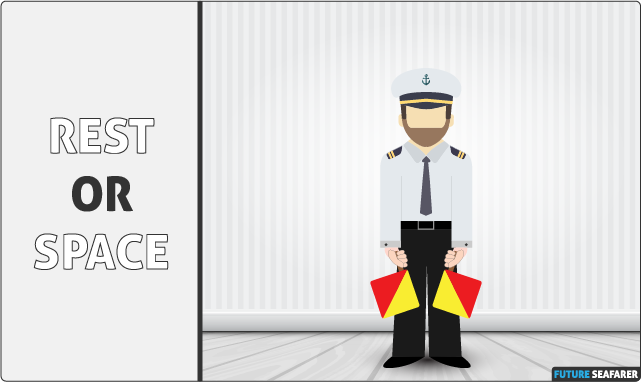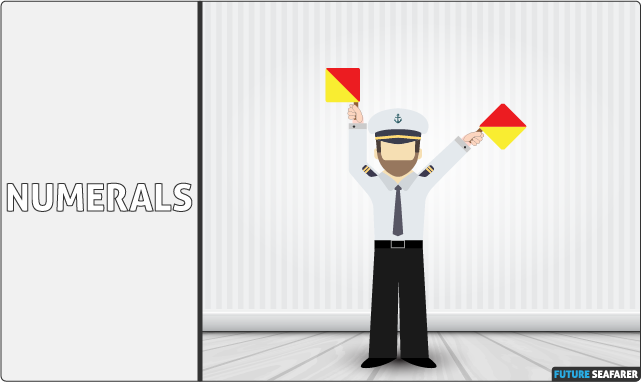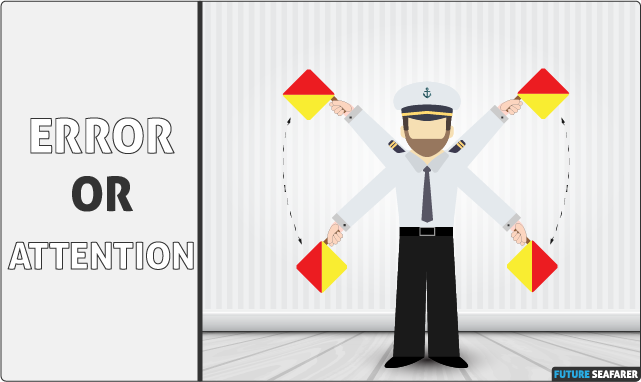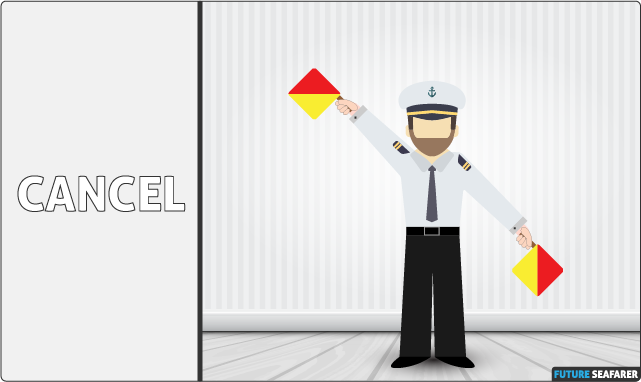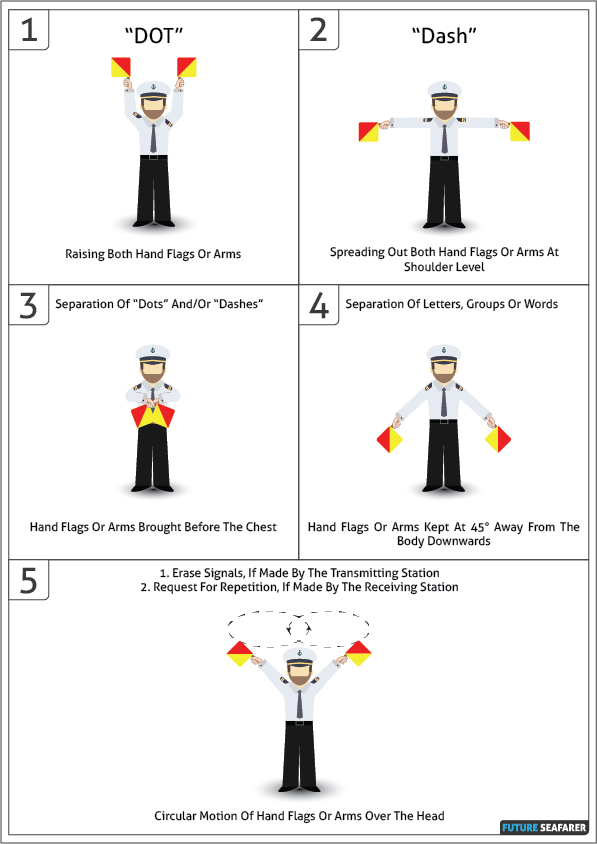Discover how GMGN is transforming decentralized finance by introducing faster, smarter, and more transparent trading across blockchain networks.
FLAG SEMAPHORE (FLAG SIGN-BEARER)
- Is The Telegraphy System Conveying Information At A Distance By Means Of Visual Signals With Hand-held Flags, Rods, Disks, Paddles, Or Occasionally Bare Or Gloved Hands.
- Information Is Encoded By The Position Of The Flags; It Is Read When The Flag Is In A Fixed Position.
- Semaphores Were Adopted And Widely Used In The Maritime World In The 19th Century.
DEFINITION
- Numbers: can be signaled by first signaling “Numerals”.
- Letters: can be signaled by first signaling “J”.
- Attention: The sender uses the signal to request permission to begin a transmission.
- Ready to receive:
- The receiver uses to grant permission to begin the transmission.
- The sender ends the transmission with the “Ready to receive” signal.
- The receiver can reply with the “Attention” signal. At this point, sender and receiver change places.
ALPHABET SIGNALS
NUMERALS SIGNALS
OTHER SIGNALS
MORSE SIGNALS
- A Station Which Desires To Communicate With Another Station By Morse Signaling By Hand Flags Or Arms May Indicate The Requirement By Transmitting To That Station The Signal “k1” By Any Method. The Call Signal “aa Aa Aa” May Be Made Instead.
- On Receipt Of The Call The Station Addressed Should Make The Answering Signal, Or, If Unable To Communicate By This Means, Should Reply With The Signal “ys1” By Any Available Method.
- The Call Signal “aa Aa Aa” And The Signal “t” Should Be Used Respectively By The Transmitting Station And The Addressed Station.
- Normally Both Arms Should Be Used For This Method Of Transmission But In Cases Where This Is Difficult Or Impossible One Arm Can Be Used.
- All Signals Will End With The Ending Signal “ar”.






